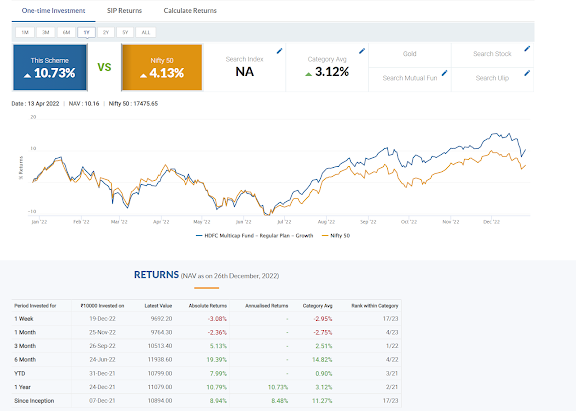COGNITIVE / BEHAVIORAL BIASES IN INVESTMENT JOURNEY- PART - II
It is highly recommended that you please read my previous blog post, before reading this. It can be accessed here: Cognitive / Behavioral Biases in Investment Journey- Part - I (pathikvariya.blogspot.com)
Here the remaining behavioural biases:
1. Trend Chasing Bias: This is a belief that what has continued so far, will also continue in future. For example, if the price of the share has been going up for some time, it is likely to go on and on. It is similar to the herd mentality in a way.
The decision to buy or not to buy a security, should only be based on the strategic positioning of your portfolio and your investment.
2. Worry: Worry is nothing but always keeping oneself, in the mental state of overthinking, if everything is fine. It is like anxiety. So, it is to be avoided.
3. Familiarity Bias: The U.S. accounts for only a small fraction of global GDP, yet U.S. investors have nearly 75% of their investments in U.S.-based assets. (Source: Familiarity | Behavioral Finance | Raymond James)
As the above paragraph shows, we tend to prefer "known" routes over "unknown". We prefer the same restaurants over the ones that are new. The same way, we keep investing in the same types of mutual fund (say small caps). The same way, many people simply keep investing in FDs. For them, going beyond their comfort zone is too risky. When one keeps repeating this way of investing, such a portfolio lacks not only diversification, but also becomes too concentrated and risky.
An equity investor can overcome such a bias by using products that invest in multiple asset classes. In India, such mutual funds can be found under hybrid category. These funds invest in many asset classes like equity, gold, debt, silver etc.
4. Restrain Bias: Many of us think that we are capable of restraining our selves when the time comes. For example, while preparing for the exams, a student may think that the exams are still two months away. He/She plans to read for last fifteen days only and thinks that he/she will "pull off" himself/herself in those fifteen days. So, till that time comes, the student chooses to enjoy himself/herself into indulgence.
But, as the exams near, the student may realise that it is very difficult to keep reading night after night. It may force her to give up reading certain portions of syllabi, and may lead to poor results.
The same way, I may plan not to spend money on my mobile shopping. I will keep my budget at 15,000 INR. But, at the time of shopping, I will end up paying 25,000 from Credit Card, thinking that I will manage to earn those extra 10,000 from trading in share market. But that rarely happens.
Thus, restrain bias may not allow us to save enough and we may keep procrastinating savings till it is too late, thinking that I will start savings later.
5. Neglect of Probability Bias: It means that, when we invest, we either think that nothing will go wrong or everything will go wrong, with our investment.
For example, an investor of FD, with a government owned bank in particular, will be "sure" that all his monies, invested in FD, are 100% safe. All the knowledgeable people know that it is not the case and there is definitely a risk that your money may not come back at all (at least theoretically)
In other example, someone, investing in mutual funds (equity) through SIP, take it for granted, that, minimum 12% returns would definitely be generated, say, after 15 years. Now we all know that market linked instruments do not guarantee any returns.
So, in short, we avoid (neglect) the probability, while making investment decisions.
6. Contrast Bias: The mutual fund seller will never show you the competing schemes of the mutual scheme, that he is willing to sell you. But rather, he will try and compare the returns of a debt scheme against an equity scheme, to try and make you believe, why the scheme "X" that he is looking to sell you, is better.
For example, most of the ELSS scheme advertisements focus on the comparison with PPF. That way, they create an impression that their scheme (ELSS) is much better than PPF. Here, the actual comparison should be with other top performing ELSS, and not PPF or any other debt based tax saving instrument.
The contrast bias, thus, works by first creating a background of the products, that produce low returns (but are far less risky), and then make you believe in buying the ELSS scheme, that he wants to sell you. Please keep in mind that many other better ELSS might be there, where returns are better (compared to risk). But, he is not ready to sell you that, because, he might get more commission by selling him that scheme.
7. Mental Models: It is nothing but how we make sense of the things around us. For example, how we choose to cross a road or buy a mobile. Mental models represent our understanding of the world, people and things around us. We are over confident and under confident, while making decisions, based on our past experience, which have a strong contributions, in designing our mental models, of how we deal with these situations.
So, based on our learning, past experience, we all develop mental models, and use them to invest in various financial instruments.

Comments
Post a Comment